You might think you don’t have enough space to grow much in your apartment. But gardening is not a luxury that only someone with a lot of area can enjoy but we are happy to guide you along the way. The charm of growing your vegetables in the limited space of an apartment is not only rewarding but also surprisingly feasible. In this guide, we will explore the benefits, considerations, and diverse options for cultivating your mini kitchen garden in an apartment.
Benefits of Growing Your Own Vegetables and Herbs:

Although every garden is unique, some of the most common benefits of growing your own food are:
- Freshness: What’s more fresh than picking your own tomatoes from the vine to add to your recipes? A kitchen garden in the apartment allows you to harvest your produce at its peak, ensuring maximum flavor and nutritional value.
- Cost-Efficiency: Some exotics like cherry tomatoes, lettuce, and microgreens are way too expensive at the grocery stores. But growing your own exotics can save you money on grocery bills by a huge margin.
- Reduced Carbon Footprint: When veggies travel from long distances to reach you, not only do they lose their flavours and freshness, but it also leads to an environmental impact that’s too detrimental in the long run. Contribute to a healthier environment by reducing the need for transportation of store-bought produce.
- Therapeutic: Gardening serves as a stress-relieving and therapeutic activity for individuals and families. Taking care of a garden is known to help relieve stress and anxiety.
- Family Activity Time: A family that gardens together, grows together. Bond with your family over the shared joy of nurturing and witnessing the growth of your apartment garden.
Things To Consider Before Starting An Apartment Kitchen Garden:
Before you start buying supplies to start a kitchen garden in your apartment, here are some things to keep in mind.
1. Sunlight

This is the most important factor to consider before you decide on creating a gardening space in your apartment. Ensure your chosen spot receives at least 4-6 hours of direct sunlight daily to grow vegetables and herbs like a balcony. In case your apartment receives partial sunlight for about 3-4 hours at least, you can still grow most leafy greens. And if the sunlight in your apartment is limited to a few sun rays peeking through the window, you can still grow a whole range of microgreens. It might be a good idea to invest in some heat mats for seed germination or in a hydroponics setup if you are planning to grow regularly in case sunlight is an issue.
2. Soil

Soil is what feeds your seeds and plants. Hence, it is of utmost importance that you provide them with healthy well-draining soil. Make sure you purchase high-quality potting soil if you are just starting. Normal garden soil often lacks in essential nutrients required to grow vegetables and herbs or can be too compact for seeds to germinate. That’s why it’s best to mix potting soil or vermicompost to the garden soil. In addition to this, container soil loses fertility over time, necessitating regular changes or the addition of compost. Learn more about potting soil in this quick guide.
3. Water and Air

Gardeners are passionate people and kill a lot more plants by overwatering than underwatering. But fear not, there is a good rule of thumb you can follow. To know for certain if the soil in your planters needs watering, stick your finger in the soil and if the topsoil (2-4 inches) feels dry, it’s time to water the soil. Otherwise, leave it alone! Always pre-watering the potting soil before planting seeds. Adequate watering is crucial for better plant growth. In addition to this, be wary of the plant-to-plant distance when planting so as not to overcrowd them. Good air circulation maintained with optimal planting distance prevents fungal issues.
4. Containers

Containers are the best way to start a kitchen garden in your apartments. They allow flexibility and ease of growing, unlike raised beds. There are a variety of containers that you can buy Choose containers with drainage holes and ample depth for root development. Container material is also a factor you should consider. This guide on choosing the right container will help you make the decision.
5. Vegetable Varieties

Growing space-consuming varieties like cauliflowers, broccoli, cabbages, kohlrabi, etc. might not be the best idea if you have limited space since you need enough produce for the whole family. Hence it’s ideal to opt for compact varieties suitable for confined spaces like spinach, lettuce, kale, capsicum, brinjal, chilli, beans, okra, etc.
6. Pests and diseases

A flourishing garden can invite a lot of unwanted guests like aphids, spider mites, thrips, and gnats. The only way to get rid of them is by being observant. Keep an eye out for pests and employ natural remedies like neem oil or companion planting. In addition, wet soil for prolonged periods can cause fungal diseases in plants. Therefore, it’s important to make sure that the soil in your pots is well-draining. Regular check-up on all plants is key here.
7. Composting

Composting is a great habit to adopt as a home gardener. When done properly, compost is the black gold that can keep your garden thriving year after year. Create nutrient-rich compost using kitchen scraps and dried leaves to enhance soil fertility. Get a compost bucket and follow our guide on composting in urban households to get started.
Types of Gardens for Apartments:

Here are some garden types that are suitable for a kitchen garden in apartments:
Container Garden:
- Ideal for balconies or terraces.
- Use a variety of containers like pots, grow bags, or hanging baskets.
Vertical Garden:
- Perfect for maximizing space in small areas.
- Utilize wall-mounted shelves or specialized vertical gardening structures like stakes and trellises.
Windowsill Garden:
- Suited for apartments with limited outdoor space.
- Grow microgreens and herbs on window sills receiving sunlight.
What Can You Grow In An Apartment Kitchen Garden:

- Herbs: Basil, mint, coriander, thyme, and oregano are excellent choices.
- Microgreens: Easy to grow on windowsills or small trays. Include varieties like broccoli, radish sango, or pak choi microgreens in your window sill garden.
- Tomatoes: Compact varieties like cherry tomatoes red and cherry tomato yellow thrive in containers.
- Lettuce and Spinach: Perfect for container gardens; choose loose-leaf varieties like lettuce grand rapids, lettuce lollo rossa, lettuce lollo bionda, etc. Spinach, of course, is the staple that everyone must grow.
- Capsicum and Chilli: Capsicum green, green chili, yellow chili, and pepper cayenne all are suitable for limited space.
- Beans and Okra: Choose bush varieties of beans that don't require extensive vertical support. Okra can also grow in containers that are 15-18 inches deep or more.
- Carrots and Radishes: Dwarf varieties like carrot round orange and radish red round are ideal to grow in containers on your apartment balcony.
There you go. This is all you need to know before starting your own kitchen garden in an apartment. Don’t give up on growing and eating fresh and clean vegetables and herbs just because you don’t have a yard. Grab a few pots, seeds, and soil, and get started.
Happy gardening!


 Sign In
Sign In



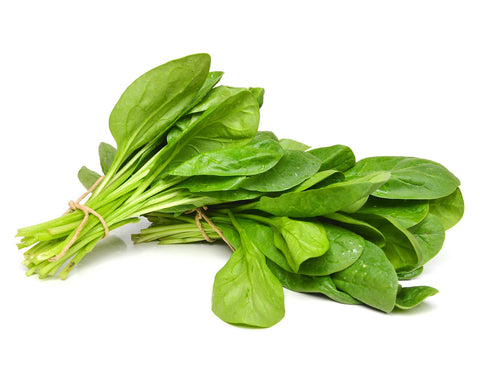
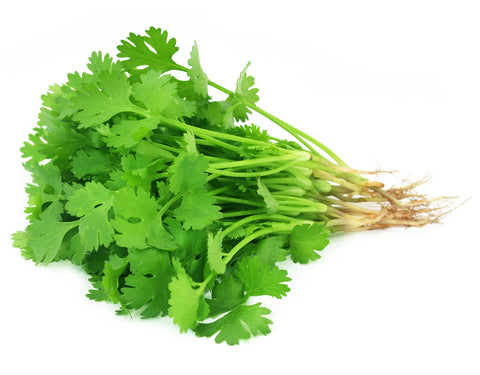
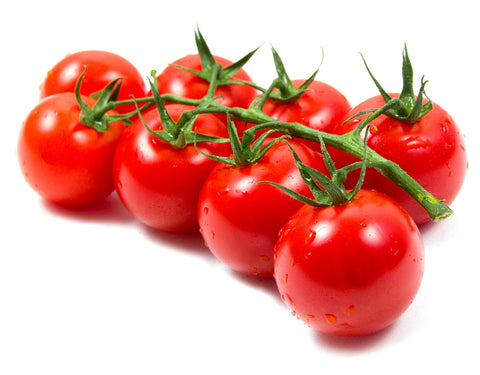
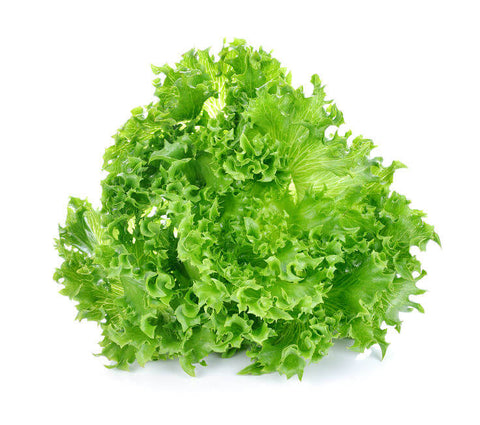
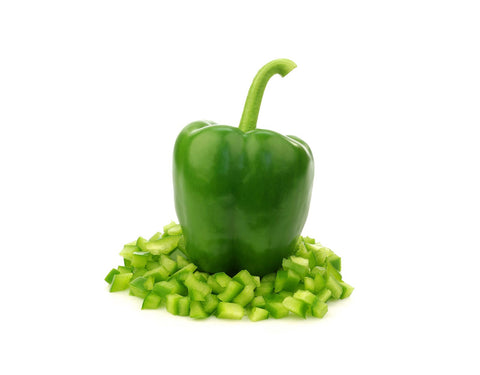
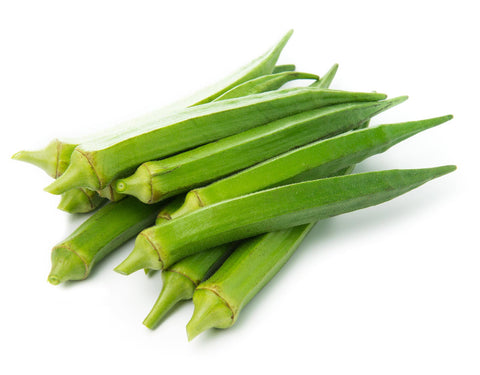
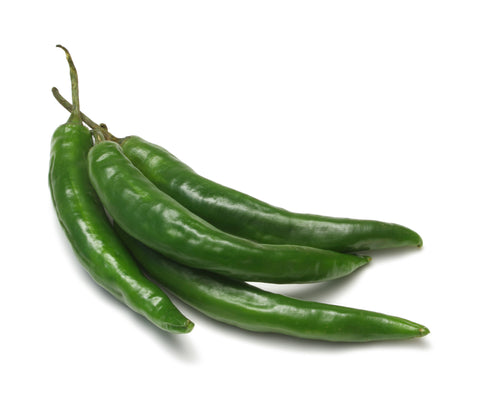
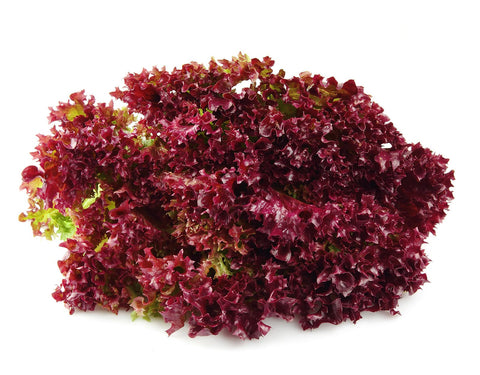
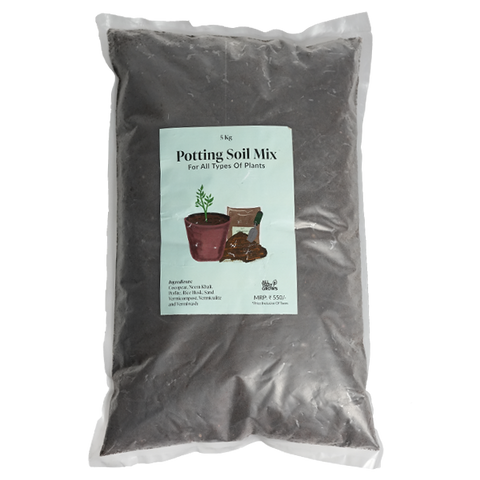
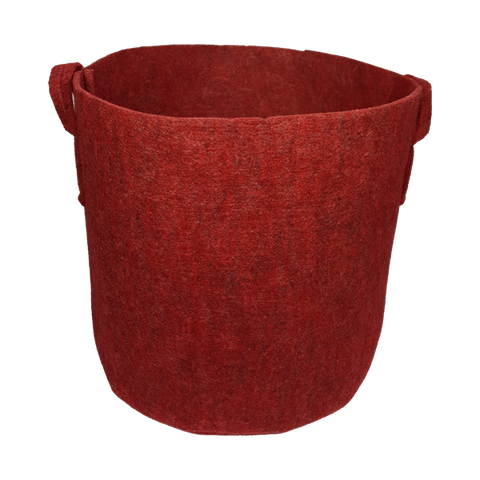
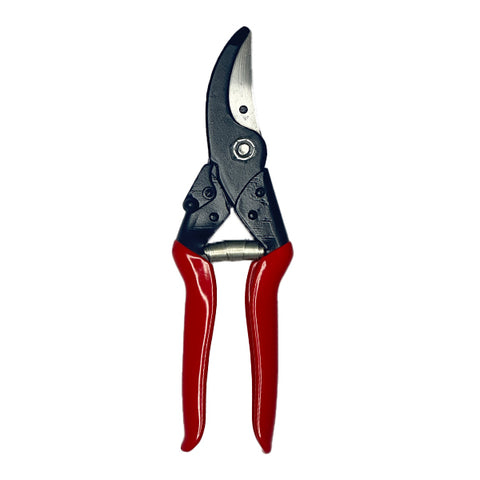
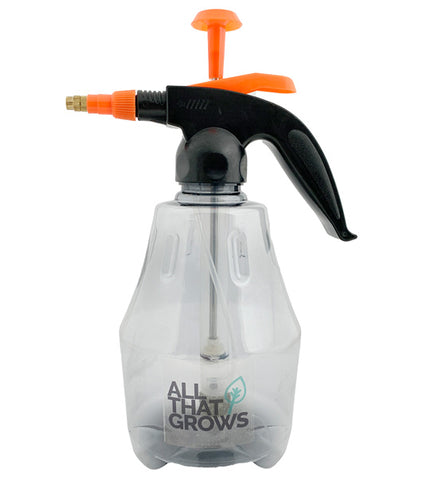
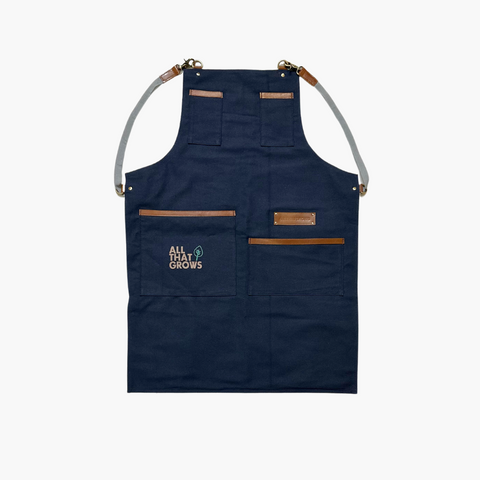






Let us know your feedback
* Comments must be approved before being displayed.